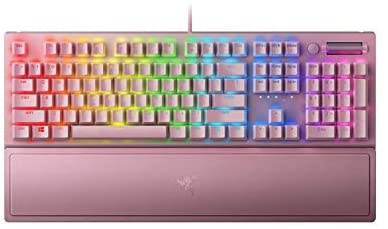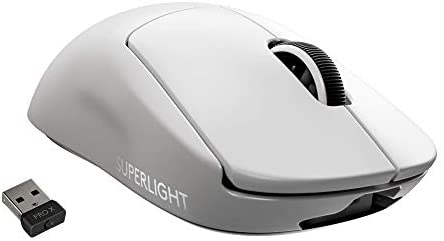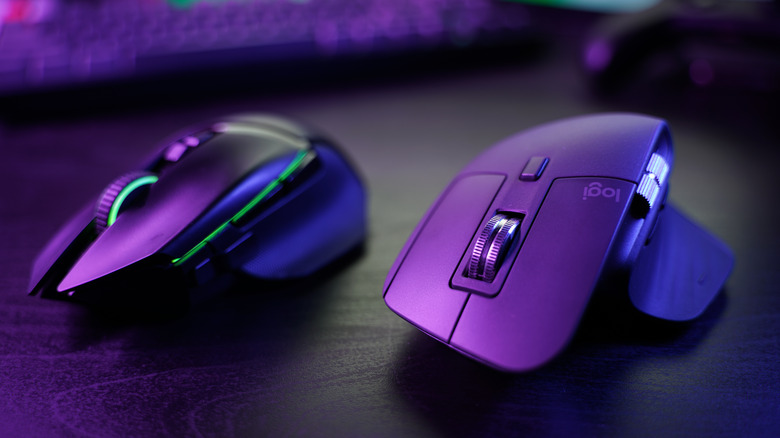
Capix Denan/Shutterstock
Every gamer knows you’re only as good a player as your hardware allows. You may have lightning-fast reflexes, but you’re going to miss a lot of shots if your gaming PC’s GPU can’t keep up or if your peripherals have input lag. One of the most vital and personal tools in any gamer’s belt is their mouse, but when it comes to choosing a gaming mouse, the options can seem overwhelming.
If you’ve spent time browsing products, you’ll know that Razer and Logitech G are two of the top gaming mouse brands. Neither needs much introduction at this point. Razer is known for its gaming-focused PCs and peripherals, while Logitech G has a reputation for producing surprisingly satisfying gaming peripherals at reasonable prices. If you’re in the market for a new gaming mouse, there’s a good chance you’ll be choosing between one of those two brands, so which one is the best bang for your buck?
Gaming mice are personal objects, so it’s crucial to choose one that suits your particular needs, and that may depend on everything from what genre of games you play to how you usually hold a mouse while playing. Some people care more about aesthetics, while others are focused on cold, hard specs. This guide is not to determine which brand is best overall, since both make well-regarded products, but which is best for you. Among the many mice on offer from Logitech G and Razer, here’s how to decide which should make its way to your desk.
Gaming style
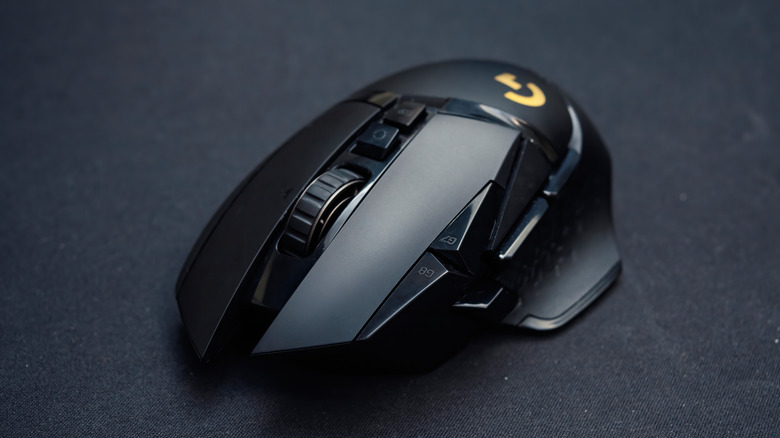
kitzzeh/Shutterstock
Are you primarily managing your “Baldur’s Gate 3” inventory or quickly scoping the competition in “Counter-Strike 2”? The first thing you’ll want to consider when choosing a gaming mouse is what sort of games you play, as different mouse styles accommodate different modes of play much better.
When it comes to variety, Razer has a few mouse options that cater to specific gaming styles, closely matched by Logitech’s offerings. For example, its Naga V2 Pro line of mice is designed for MMO games with swappable side plates for different button configurations, making it one of the best gaming mice for those trying to perfect their gameplay. Meanwhile, the Logitech G600 has a similar MMO button arrangement, though the side plate is not swappable.
For more general gaming needs, from esports to action, both companies offer mice in various styles and configurations. If you want something simple, look at the Logitech G203 or the Razer DeathAdder series. If you want a premium mouse with precise weight, elegant ergonomics, adjustable scroll wheels, and a generous helping of remappable buttons, look to products like the Logitech G502 Hero series or Razer Basilisk V3 Pro.
Ergonomics
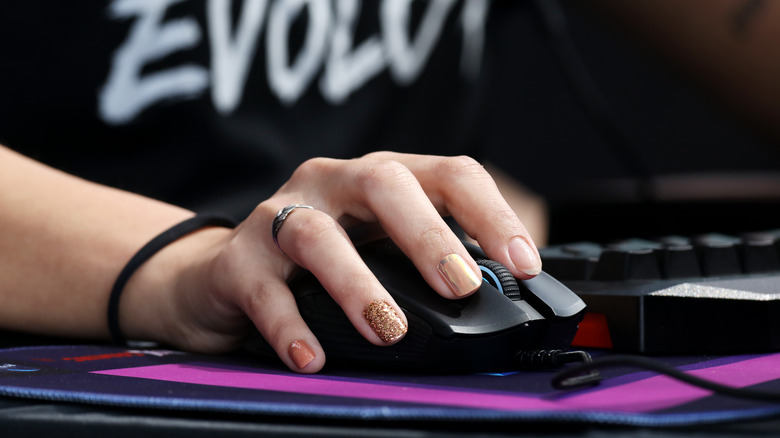
Christopher Pike/Getty Images
You can choose the flashiest, most feature-packed mouse in town, but that doesn’t matter if it’s uncomfortable to use for long, sweaty gaming sessions. Ergonomics is one of the most important aspects of any mouse and is usually a personal factor.
The primary consideration when choosing your mouse’s form factor is your grip style, meaning the position of your hand when holding and operating the mouse. The three most common grip styles are palm, claw, or tip. These refer to which parts of your hand make contact with the mouse while you operate it, and many people have unique grips that combine elements of the three. Something like the Logitech G502 series may be best for those with a palm grip, while the Razer Viper series might better favor those who use a claw grip.
Weight is also a significant determining factor in how a mouse will feel in hand. Lightweight mice allow quick movements without straining the hand or wrist during long play sessions. It will usually be necessary to pick the mouse up and down to avoid moving your arm too much, so a heavy mouse can quickly get tiring. However, a heavier mouse can be helpful for games that require small, precise movements. The lightest mouse between the two brands is the Razer Viper Mini Signature Edition, which, at 49 grams, beats out even Logitech’s Superlight mice.
Finally, you may want to consider whether you prefer a wired or wireless connection. The drag from a wire can be a major frustration to some gamers, while others put up with it for the convenience of a stable, plug-and-play connection. Both Logitech and Razer offer many wired and wireless gaming mice.
Price
Logitech has a much larger lineup of mice under its Logitech G banner, offered across a range of prices, with MSRP ranging from $29 for the G203 to $159 for the G502 X Plus at the time of writing. Meanwhile, Razer offers a slightly smaller lineup, starting around $29.99 for the DeathAdder Essential and topping out at $279 for its most premium model, the Viper Mini Signature Edition. Most people will probably find something they enjoy using in the middle of the pack, although price may be a limiting factor for some, while others will settle for nothing less than the most tricked-out option.
When comparing both lineups side-by-side, it’s evident that you can end up spending a lot more on Razer’s mice than Logitech’s, making the latter a better bet for those on a budget. That said, you really don’t need to break the bank for a top-tier gaming mouse. Both Logitech and Razer have middle-of-the-pack options that come highly reviewed. Models like the Logitech G502 X wired version or the Razer Basilisk V3 wired version can be had for well under $100.
Key features
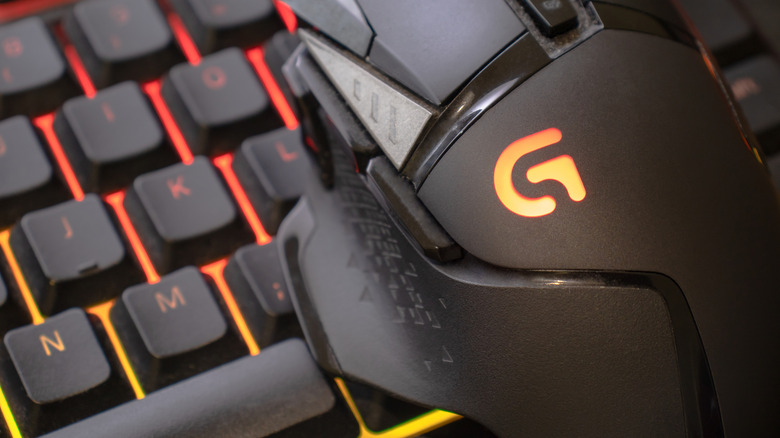
3dartistav/Shutterstock
Let’s talk about the features Logitech and Razer pack into their gaming mice to differentiate themselves from one another. A lot of experts and competitive gamers will point out that mouse technology has progressed well beyond what most gamers actually need. For example, when it comes to sensitivity, Logitech boasts 32,000 DPI on its Pro X Superlight 2 mouse, while the Razer Viper Mini Signature Edition reaches 30,000 DPI.
But in actual use, there are vanishingly few scenarios where you would ever need such ridiculously precise sensitivity, and in most games, a setting above 3,500 DPI is generally considered high. With that said, it’s clear that Logitech wins slightly in the DPI category, especially when you notice the DPI shift button many of its mice come equipped with to change sensitivity on the fly.
When it comes to battery life for wireless mice, Razer takes the win. The Logitech G305 Lightspeed, for example, is rated at 250 hours. That’s nearly 10 and a half days. But the Razer Orochi V2 blows it out of the water, with Razer rating it for a staggering 950 hours over Bluetooth. That’s despite both respective mice running on single AA batteries.
Finally, let’s look at the most important feature: RGB lighting, the visual equivalent of washing down Doritos with Mountain Dew. Logitech does offer some RGB options on models like the G203 Lightsync and G502 X Plus, with the company’s Lightsync feature allowing you to sync the lights with what’s onscreen. But Razer sticks to its roots as a gamer-centric company by offering its Chroma RGB on the majority of its mice, and the Basilisk series is especially RGB-focused, equipped with 14 independent lighting zones on the Basilisk Ultimate.
Software and customization
One of the major benefits of a gaming mouse, aside from higher polling rates and extra buttons, is the ability to fine-tune it to your needs. To that end, both Logitech and Razer include software that lets you remap buttons, adjust DPI, and fiddle with other minutiae.
In the Logitech camp, you’ll use the G Hub software, which allows you to remap buttons, set macros, and apply game-specific profiles. You can also adjust RGB for mouse models that come equipped with those all-important gamer lights. One incredibly useful feature is the ability to set persistent profiles so that, even if you use it with another device, your mouse will retain the custom settings you worked so hard to dial in. However, the one downside of G Hub is that it will pester you to sign up for a Logitech account and promotional emails, which is frustrating when all you want to do is remap the button you use to throw grenades.
On the Razer end of things, you’ll need the company’s Synapse program, which has a lot more features, though that’s to be expected since it controls more than just mice for those with multiple Razer peripherals. Like G Hub, it allows users to tinker with all the expected remapping, macros, RGB, and settings you’d expect, and it also can save mouse profiles to the onboard memory. If you do plan to take advantage of onboard profiles, make sure you purchase a model that supports it, although it’s hard to find a mouse that doesn’t in either company’s lineup.

